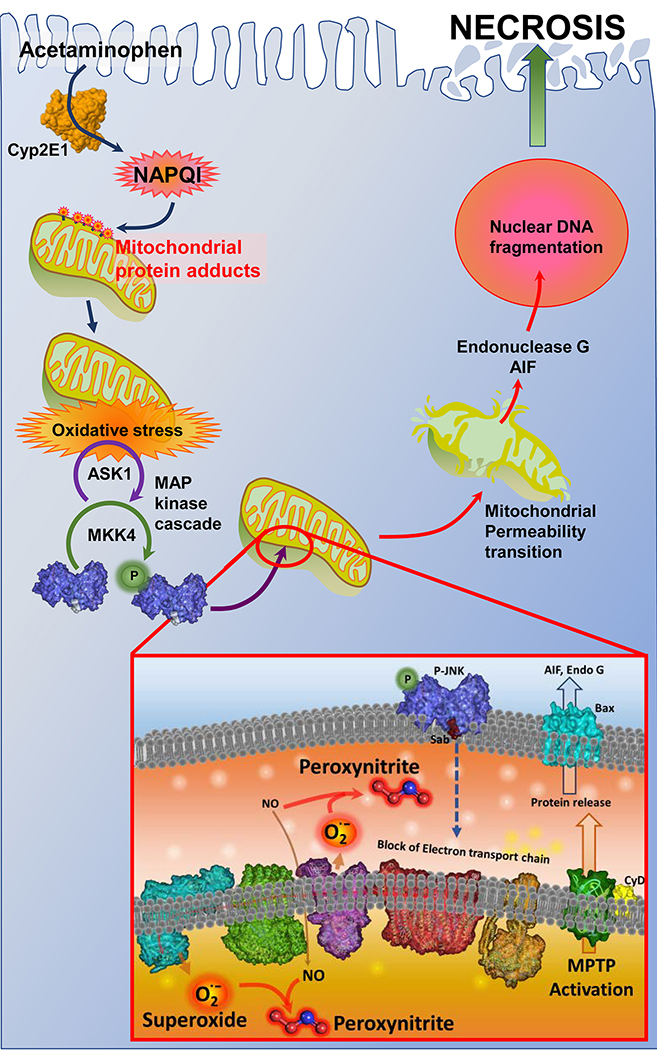Figure 1: Mitochondria are an important target of the reactive metabolite of APAP.
Metabolism of APAP by Cytochrome P450 2E1 (Cyp2E1) results in formation of NAPQI, which forms protein adducts on mitochondria and induces mitochondrial oxidant stress. This initiates a MAP kinase cascade, which ultimately results in phosphorylation and activation of JNK. JNK translocation to the outer mitochondrial membrane and binding to Sab then triggers inhibition of the mitochondrial respiratory chain. The subsequent reaction of mitochondrial derived superoxide with nitric oxide within mitochondria forms the reactive peroxynitrite, which ultimately induces the mitochondrial permeability transition with release of mitochondrial proteins such as endonuclease G and apoptosis inducing factor (AIF). These then translocate to the nucleus and induce DNA fragmentation and ultimately hepatocyte necrosis (Adapted from reference93).

